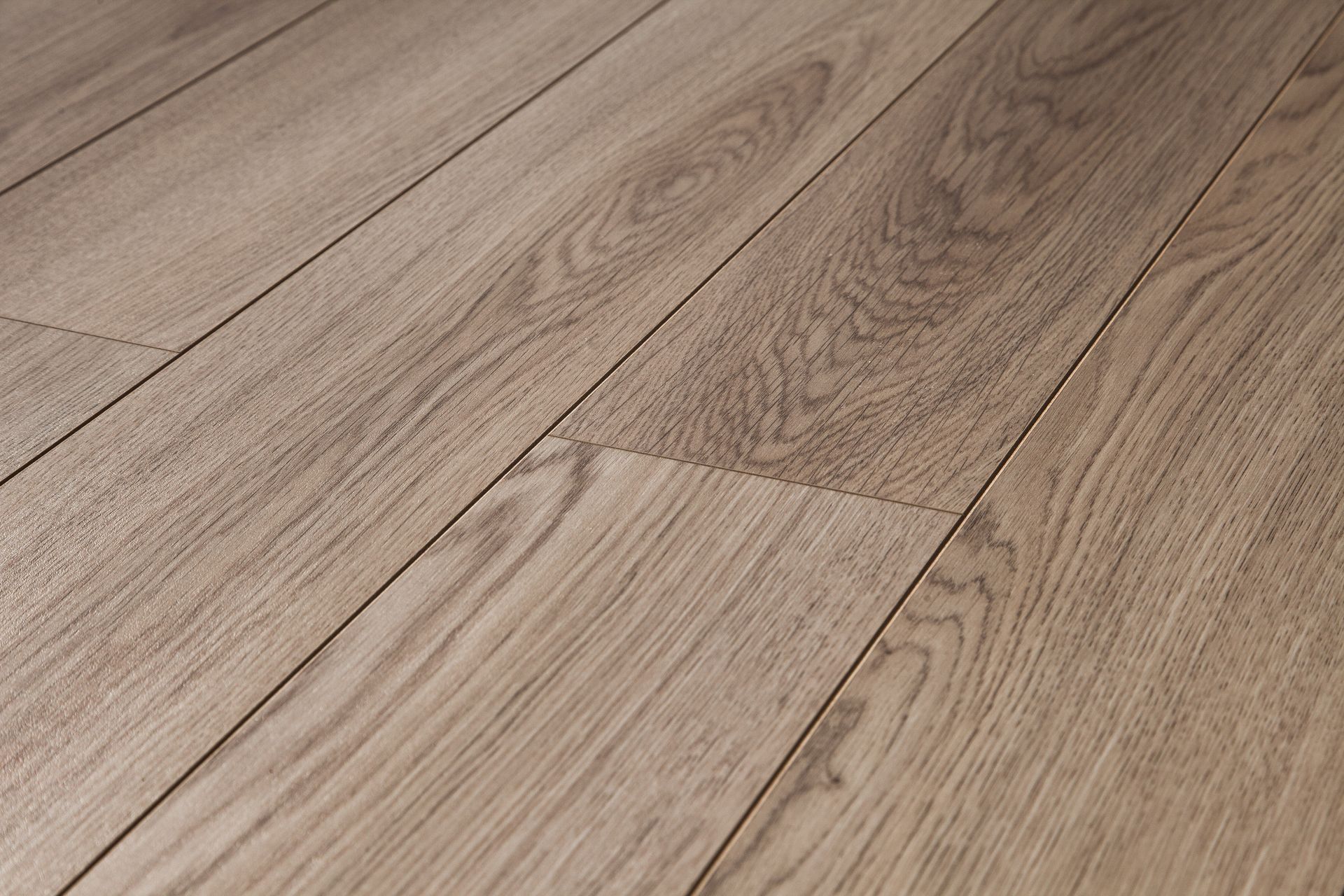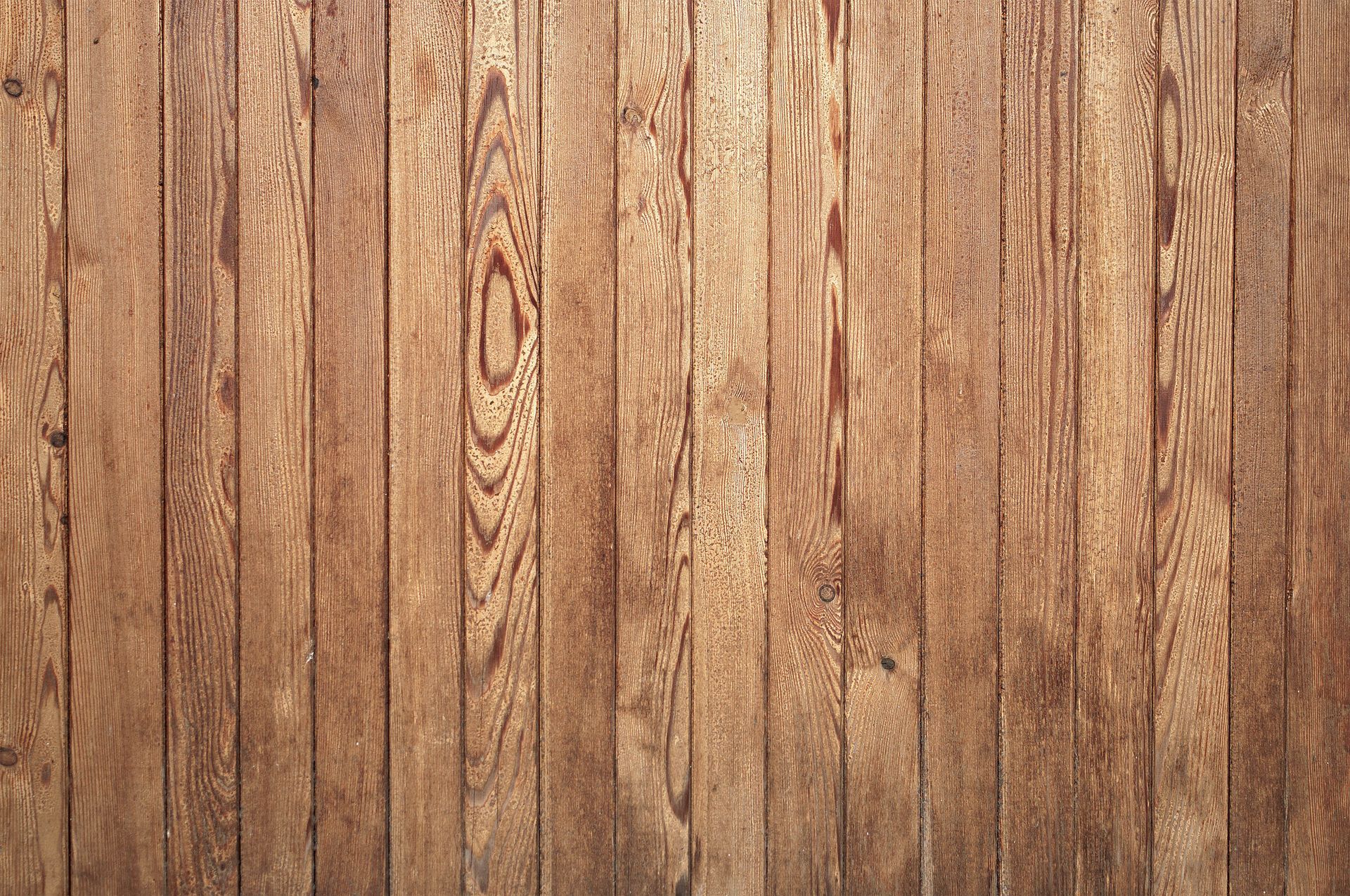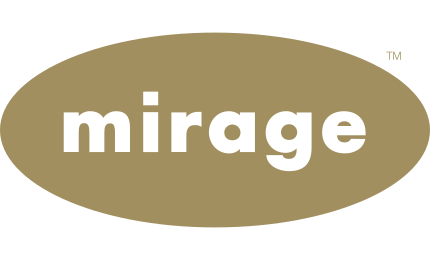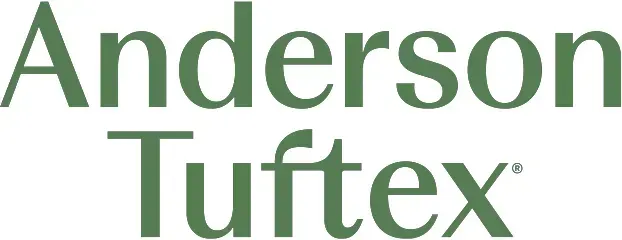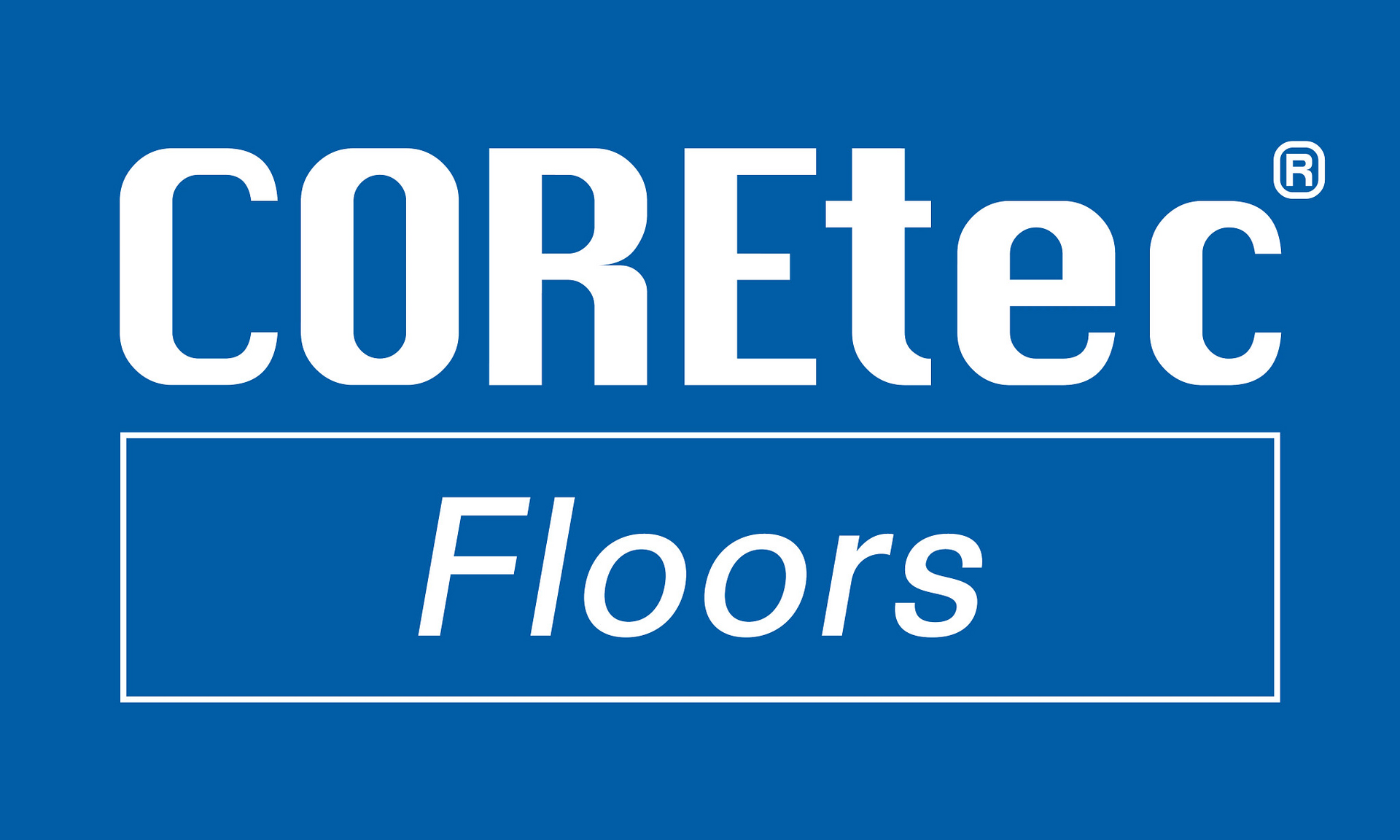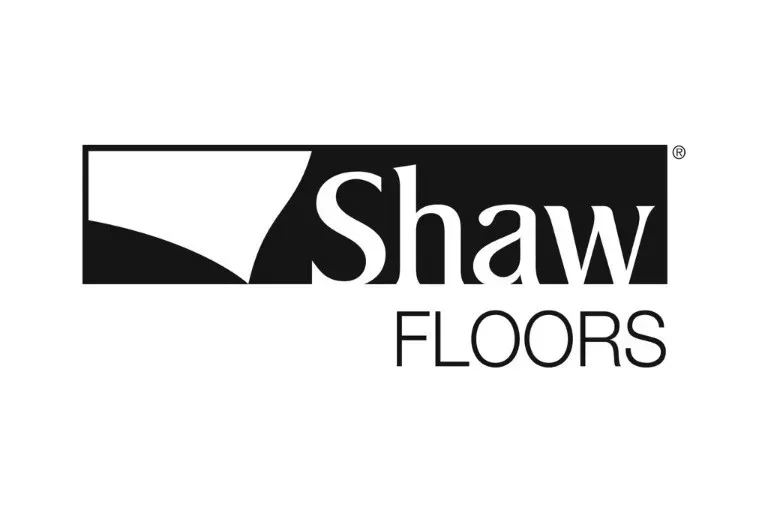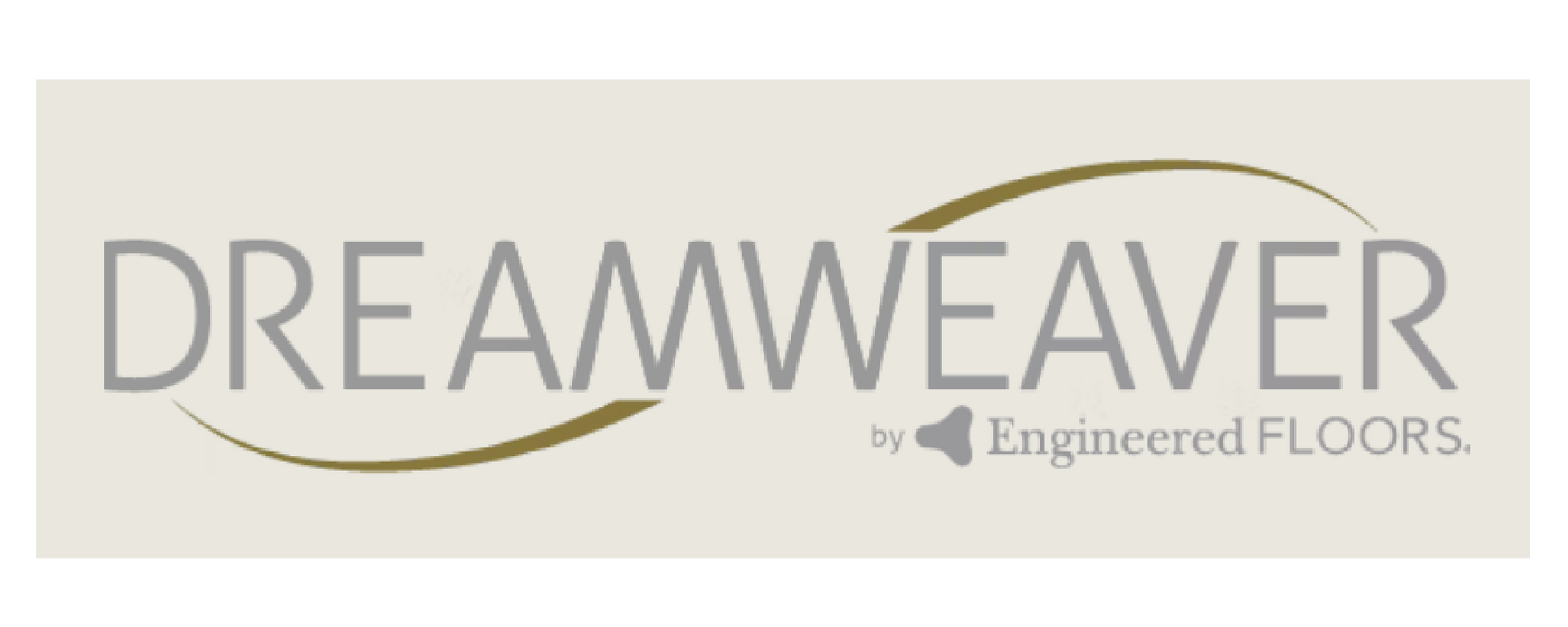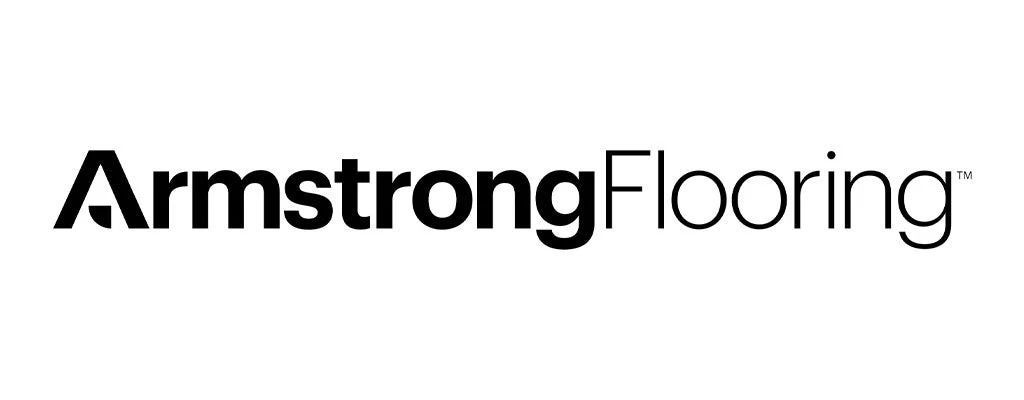Luxury Vinyl vs Laminate Flooring
When you are deciding on the right flooring for your home, luxury vinyl or laminate are two popular options that look great, are durable, and provide the perfect solution for your home. Luxury Vinyl Flooring (LVP), a really waterproof product, perfect for those particularly moist spaces such as kitchens and half baths. Constructed of PVC, LVP comes in a variety of designs that realistically imitate other materials, giving you the appearance of high style at a fraction of the cost. Its soft underfoot feel provides softness and warmth in your space.
Laminate flooring on the other hand, is admired for its budget and installation-friendliness. With a dense fiberboard core and high resolution printed layer in combination with an advanced print technology, laminate floor panels simulate wood and tile so perfectly that many people cannot tell the difference. Though durable and scratch-resistant, it is not waterproof and would be less appropriate for a space that is susceptible to moisture in any form.
In other words, if you want flooring that is resistant to spills and humidity, luxury vinyl is where it’s at. But if you want a more affordable option that is still stylish and long-lasting, I think laminate can be a good pick! In the end, it is up to you, your needs and life style, and how you wish it all to look.


